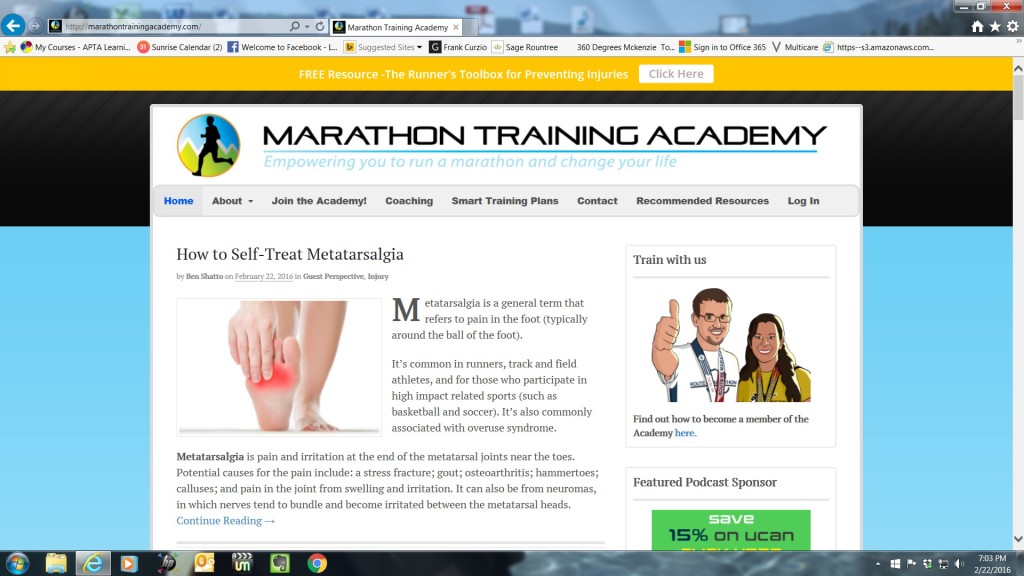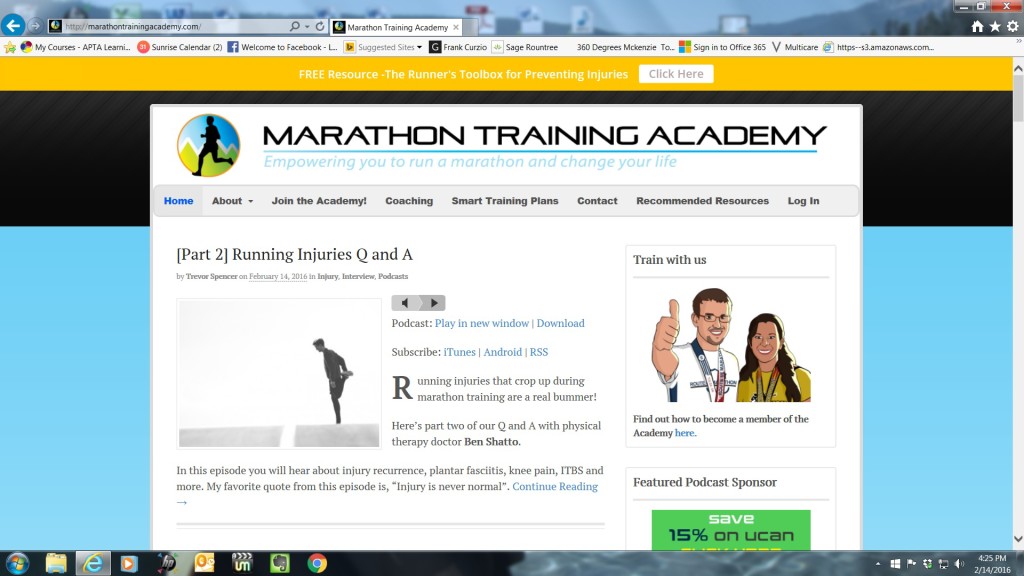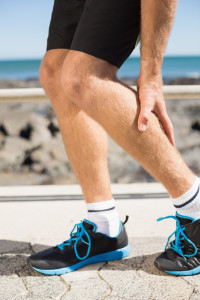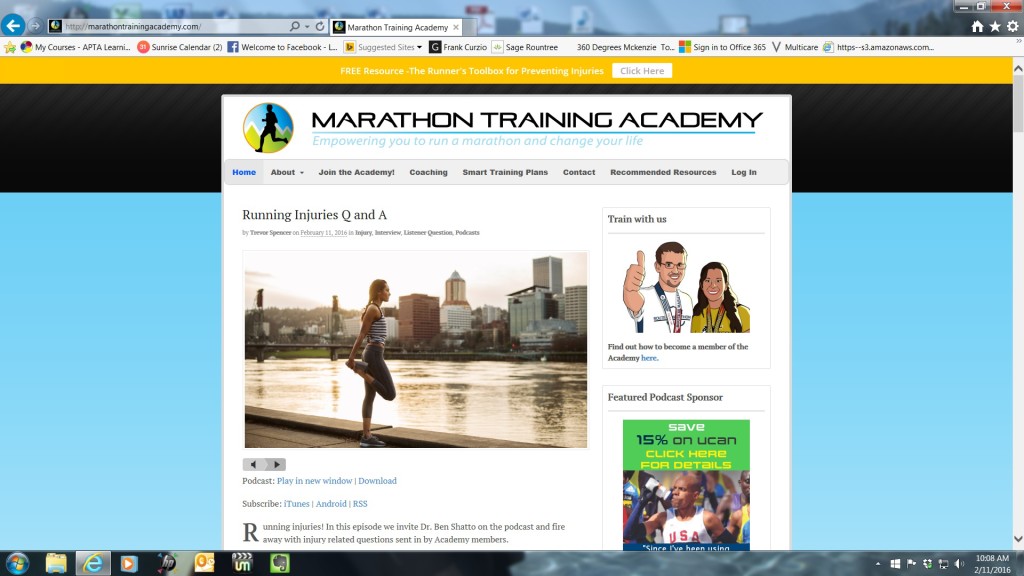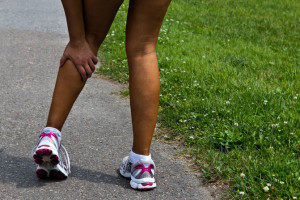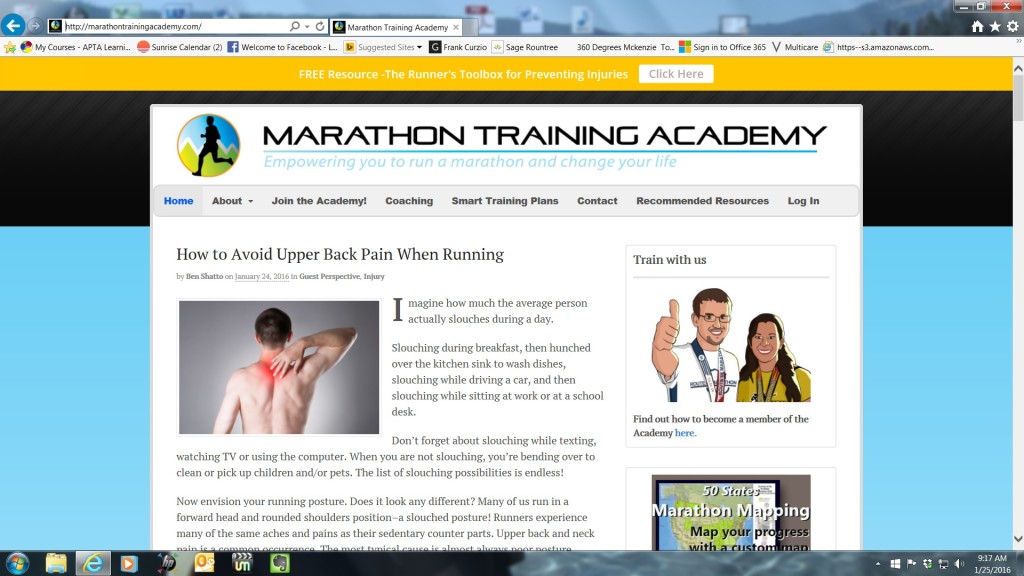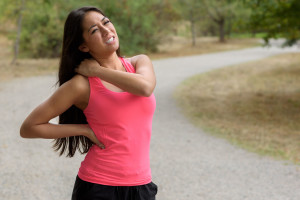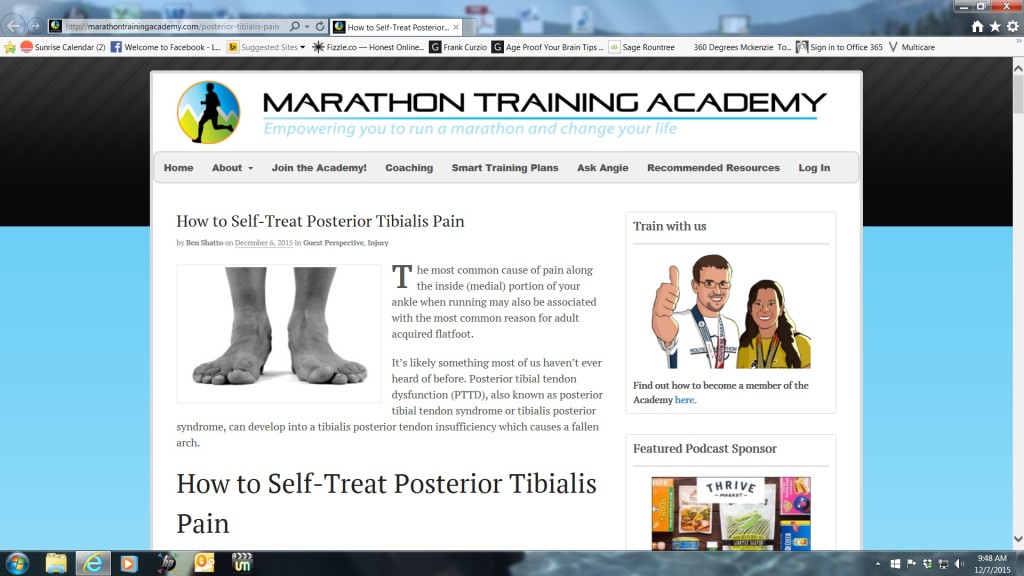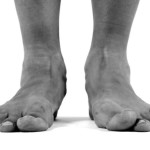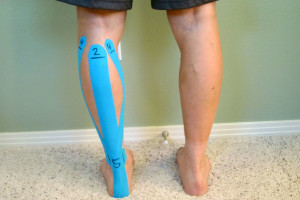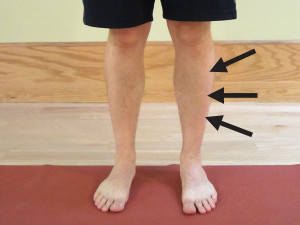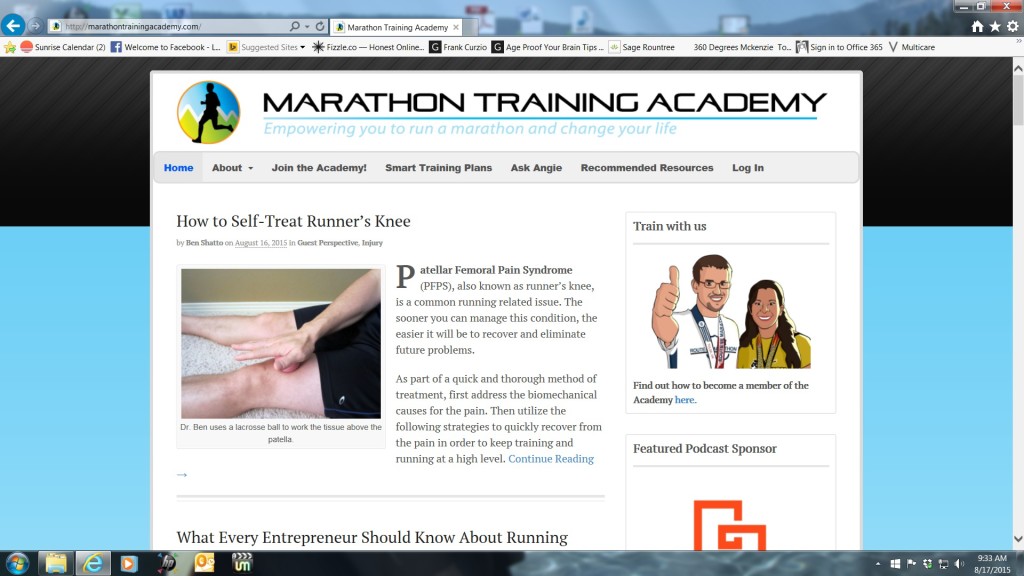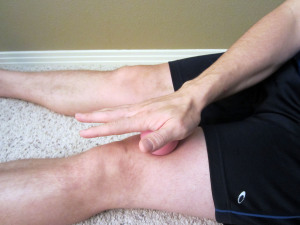
Many of us struggle with aches, pains, and/or chronic illnesses. Often we search for answers online, but we find nothing more than hype and confusion. If we engage in the traditional western medicine approach, we discover nothing more than symptoms management and a hurried and rushed experience. Such experiences can leave us jaded and disheartened. I created The Physical Therapy Advisor web site to fill in this gap and to help you understand how to safely self-treat and manage common musculoskeletal, neurological, and mobility related conditions in a timely manner so you can reach your optimal health.
My Top 5 Most Popular Posts of 2015:
- Q & A: How to Increase Hip Strength and Improve Mobility – Maintaining adequate hip and pelvis mobility and strength is an important strategy in avoiding many lower extremity orthopaedic conditions from knee pain to plantar fasciitis.
- How to Prevent Shin Splints – Shin splints are typically caused by inflammation in the lower leg anterior muscles known as the anterior tibialis muscle. This is the primary muscle needed to lift your foot. Shin splints are often considered an over use injury. Unfortunately, shin splints are relatively common in runners and dancers.
- Why You Should Walk, Not Run – Although controversial and disappointing for some, running isn’t appropriate for everyone. As a physical therapist and runner, I understand why some people cannot and should not take up running as a form of exercise. An existing injury may make it unsafe to run on a regular basis. If you can’t run, don’t worry about it! Many other forms of exercise without repeated impact can help us to keep fit. Walking is a wonderful method of exercise. Out of all the possible movements we can perform, we’re best at walking! Walking daily can reduce stress, improve circulation and hormone regulation as well as benefit your overall well-being.
- Why Walking is Critical for Your Health – Choose walking as an intentional exercise and add it to your daily activities as part of a healthy lifestyle. You will feel better and likely live longer when you incorporate this critical component to aging gracefully and successfully.
- Chronic Pain: Is There Hope? – Jerry Henderson’s post on chronic pain was featured in the Guest Perspective. There are many definitions of chronic pain, but one of the most widely accepted is any pain lasting longer than 12 weeks. Experiencing pain for longer than 12 weeks is simply not normal. Physical therapists need to take the lead on being the providers of choice for these types of problems. No one can do it better.
2015 has been a wonderful year! I have featured reader submitted Q & A’s as well as many exercise and training posts. An important focus has been on longevity and healthy aging. I have also addressed chronic disease management by offering specific advice and rehabilitation strategies.
As many of my posts offer specific strategies and recommendations related to longevity and healthy aging, I was interviewed on the popular podcast, The Longevity and Biohacking Show by Jason Hartman.
In my guest posts for the Seniors Blue Book, I offered advice on healthy senior living (specifically on Exercise is an Effective Treatment for Knee Arthritis Pain and Out of Balance?)
In my guest posts for the Marathon Training Academy, I offered specific rehabilitation strategies to treat common running related injuries. This led to a guest appearance on their top rated running podcast as well. Please refer to Marathon Training Academy Podcast Episode #154, The Marathon That Got Away (How to Rehabilitate Achilles Tendinitis).
I am excited to announce an upcoming guide on injury prevention and recovery for runners that I have collaborated on with Trevor and Angie from The Marathon Training Academy. Please visit https://marathontrainingacademy.clickfunnels.com/optin8252054 for a FREE digital resource, The Runner’s Toolbox, and to stay informed when the guide is available in early 2016!
Looking toward 2016, I will continue to offer free self-treatment advice to help YOU manage common musculoskeletal, neurological, and mobility related conditions in a timely manner. Together we can all learn to age well and reach our optimal health.
Thank you for supporting The Physical Therapy Advisor! I look forward to serving you in 2016! If you have a question that you would like featured in an upcoming blog post, please comment below or submit your question to contact@thePhysicalTherapyAdvisor.com. Be sure to join our growing community on Facebook by liking The Physical Therapy Advisor!
Don’t forget subscribe to my e-mail newsletter! I will send you weekly posts on how to maximize your health, self-treat those annoying orthopaedic injuries, and gracefully age. To thank you for subscribing, you will automatically gain access to my FREE resource, 10 Minutes per Day Low Back Pain Prevention Guide.
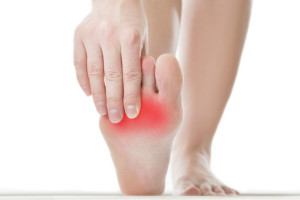 Metatarsalgia is a general term that refers to pain in the foot (typically around the ball of the foot). It’s common in runners, track and field athletes, and for those who participate in high impact related sports (such as basketball and soccer). It’s also commonly associated with overuse syndrome.
Metatarsalgia is a general term that refers to pain in the foot (typically around the ball of the foot). It’s common in runners, track and field athletes, and for those who participate in high impact related sports (such as basketball and soccer). It’s also commonly associated with overuse syndrome.
